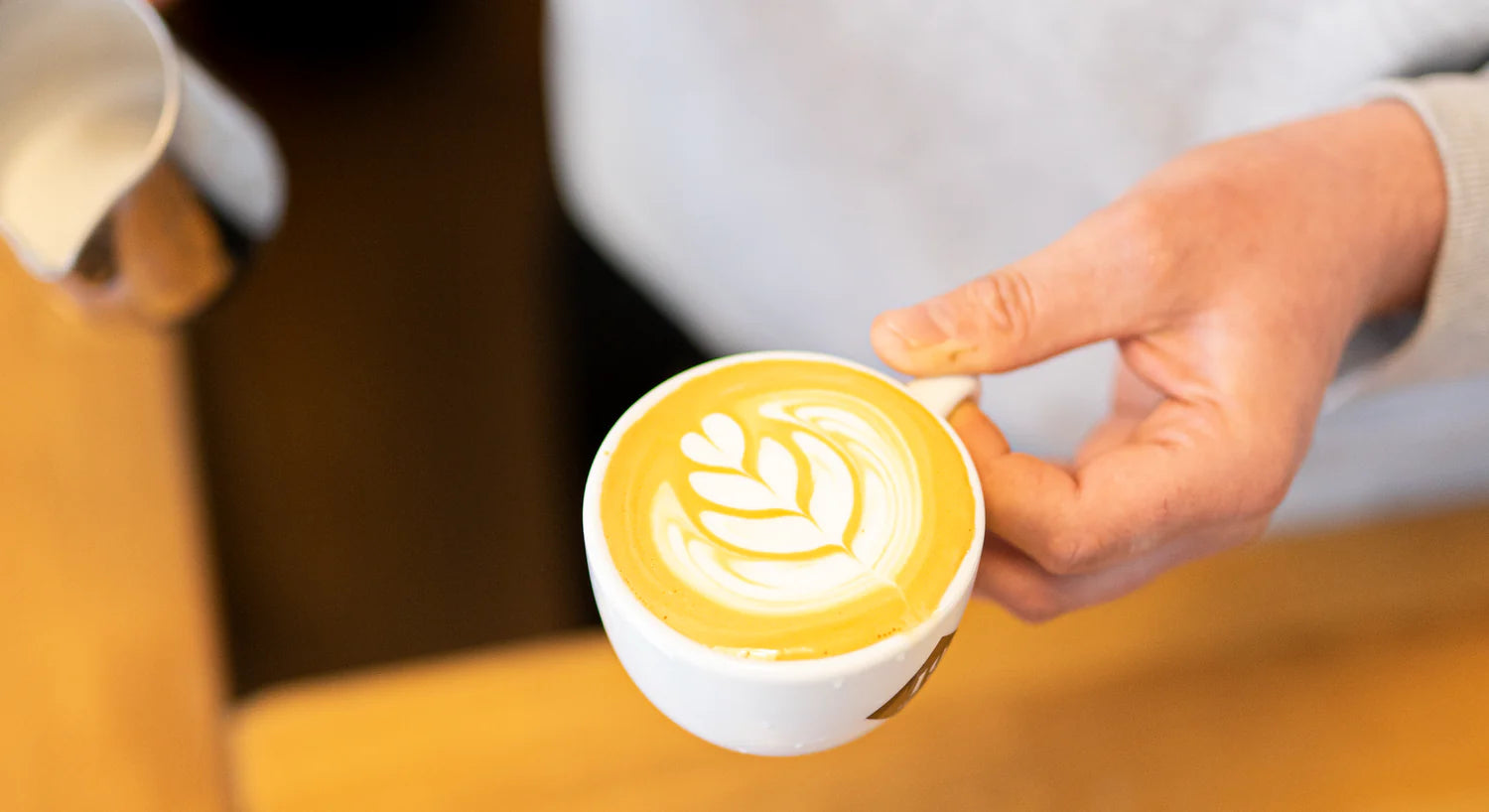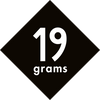The cappuccino, probably the most famous coffee drink, is so commonplace that we don't even think about it that much. But what exactly is a cappuccino and what should you look for when making it?
The cappuccino is a classic in the world of cafés. Although it is rightly considered a typically Italian drink, it originated in the famous coffee houses of Vienna. Long before the advent of espresso machines and the steam power needed to froth a delicious cappuccino, Viennese coffee drinkers ordered what was called a capuchin, which referred to the color of the capuchin monks and indicated how much milk or cream they wanted in their coffee.
It wasn't until later, in the early twentieth century, that coffee entered the "steam age" with the invention of the espresso machine. This high-pressure coffee machine allowed the barista to tap the steam in the boiler to heat and froth milk. Combine the two in the right proportions - a single espresso and about 150 ml of thick, creamy milk - and you have the cappuccino.
There are a few factors that can set a cappuccino apart from others. Look for a nice, shiny milk that looks like a marshmallow, that forms a thick and stable frothy crown, and that is filled beyond the rim of the cup, creating a small dome. Of course, a good espresso is the foundation of any good cappuccino, and our house blend Wild at Heart pairs perfectly with the milk to create a wonderfully balanced cappuccino.
Want to take your caps to the next level? Then sign up for a barista training and we'll be happy to show you all the details.




